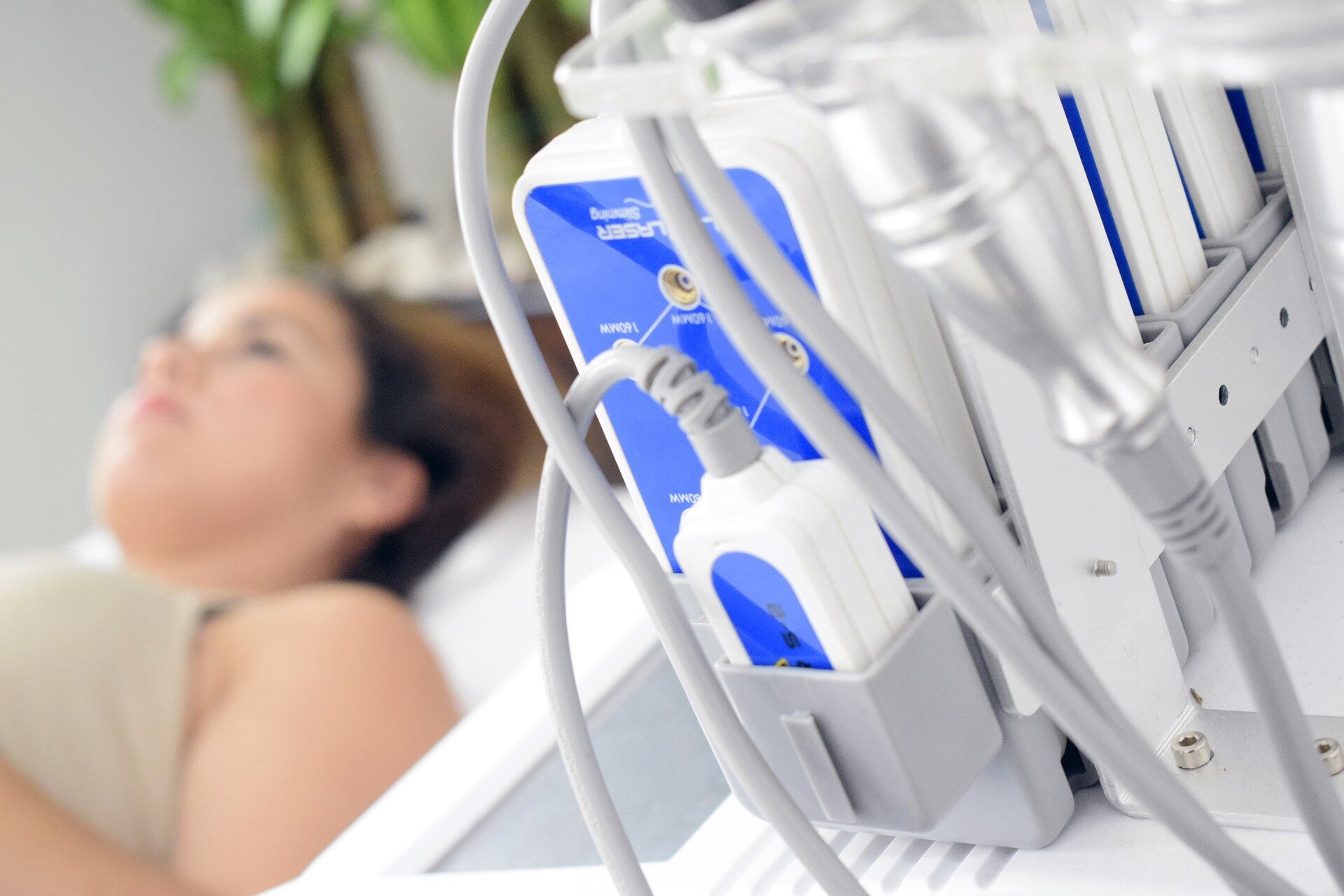Think about a hospital plunged into darkness: no web, no entry to medical techniques, and a $22 million price ticket to seek out the sunshine. This isn’t fiction – it’s the tough actuality of ransomware in healthcare. From Vermont’s largest hospital to Chicago’s main pediatric facility, healthcare establishments have been paralyzed by these assaults, dealing with hundreds of thousands in damages and extreme disruptions in affected person care.
These incidents spotlight a chilling actuality: the healthcare sector is a main goal for cyberattacks in our international, digitally interconnected period. The menace isn’t simply monetary property or information privateness; it’s a direct hazard to affected person security and the continuity of care. The urgency for fortified cybersecurity measures has by no means been extra obvious, emphasizing the necessity to defend data and lives.
The FBI revealed healthcare as essentially the most focused infrastructure sector by cybercriminals at 249 breaches in 2023. This exhibits that hackers view hospitals, clinics, and different healthcare organizations as key targets as a result of operators are inclined to pay a ransom to maintain important companies operating. The stark actuality makes cybersecurity an ethical crucial, per the Hippocratic Oath’s dedication to prioritizing affected person well-being.
On this century, the “doing proper by our sufferers” creed has advanced into the important must take care of cybersecurity in healthcare companies. Healthcare and safety leaders should combine sturdy cybersecurity protocols as a vital ingredient of offering high quality affected person care.
As we delve into essential methods to contemplate, we’ll see how a proactive cybersecurity stance can keep the integrity of healthcare, guaranteeing that care stays each steady and safe.
Listed here are 4 suggestions for healthcare leaders:
Mapping the minefield: Enhancing danger evaluation
Adopting linked medical gadgets, affected person information, and constructing administration techniques has considerably broadened hospitals’ inner and exterior digital assault surfaces. This complexity is compounded by the truth that 12% of the healthcare business nonetheless makes use of end-of-life (EoL) or end-of-support (EoS) working techniques, exposing important vulnerabilities. Precisely evaluating the safety dangers posed by this various array of linked property, from outdated techniques to cutting-edge applied sciences, presents a formidable problem, but is crucial for safeguarding affected person information and healthcare companies.
In response, healthcare organizations should undertake a extra nuanced method to cybersecurity, specializing in gadgets and companies’ operational habits and adherence to established safety baselines. Questions ought to shift towards understanding the precise safety measures in place and the potential impacts of cyberattacks, aiming to plot efficient mitigation methods (e.g., evaluating towards “recognized good” habits baselines). This highlights the significance of using complete danger evaluation instruments and methodologies to navigate the complicated cybersecurity panorama effectively, guaranteeing a proactive stance towards potential threats.
Vigilance as a advantage: Cultivating cybersecurity consciousness
It could’t be stated sufficient: cybersecurity is the accountability of each particular person inside a company.
Phishing is an especially low cost and straightforward approach for hackers to compromise a company, whether or not by deploying ransomware or harvesting credentials to realize entry to the community. All it takes is one worker clicking on the improper e mail attachment or giving delicate data to an unauthorized occasion to trigger potential disruptions.
Common instructional classes about cybersecurity hygiene, together with phishing simulations, should be a core facet of each hospital’s cybersecurity consciousness effort. Dependable and sturdy techniques for workers to report cybersecurity incidents are additionally wanted.
Divide to overcome: The technique of community segmentation
Technologically talking, hospital networks are historically flat, consisting of community segments with little to no entry controls, vastly amplifying safety dangers. For instance, if a employees pc used to browse the net throughout a lunch break will get contaminated and has entry to medical gadgets, servers, and so forth, a breach could cause catastrophic quantities of harm briefly order.
That’s why efficient segmentation insurance policies – together with a Zero Belief structure method, a safety mannequin that seeks to stop malicious actors from breaching networks and transferring laterally throughout them – are essential for limiting the blast radius of cyberattacks.
Making that occur calls for a coordinated effort with IT, networking, data safety, traces of enterprise, and system homeowners in hospitals. Echoing level #1, because of this it’s so important for hospitals to take a position time in inventorying all bodily and digital property, mapping communications, constructing out system-level views, and utilizing automated applied sciences to watch every part happening 24/7. Moreover, multi-factor authentication ought to be enabled throughout the whole setting.
Past the partitions: Securing the exterior assault floor
The exterior assault floor of hospitals encompasses all factors of potential vulnerability accessible from exterior their inner networks, particularly third-party distributors and Web of Issues (IoT) gadgets. Whereas designed to reinforce operational effectivity and affected person care, these parts typically introduce dangers as a consequence of safety oversights or misconfigurations. As an illustration, IoT gadgets that monitor affected person well being remotely could be essential for medical care however might lack sturdy safety measures, making them prime targets for exploitation.
Hospitals should undertake a complete technique for defending and managing their exterior assault surfaces to mitigate these dangers. This consists of conducting common safety assessments on all third-party distributors to make sure they meet stringent safety requirements and promptly making use of safety patches for IoT gadgets and different weak techniques. Due to this fact, hospitals can deal with potential exterior assaults which will cripple them and endanger sufferers’ lives by having a safe and resilient healthcare setting.
Within the spirit of the Hippocratic Oath, healthcare leaders are known as to heal and defend. As we navigate the digital age, let this historic vow encourage a contemporary mandate: to arm our healthcare techniques towards ransomware. By championing danger evaluation, fostering cybersecurity consciousness, segmenting our networks, and securing our linked property, we are able to honor our most profound dedication to do no hurt. That is our name to motion, a pledge to safeguard the sanctity of healthcare in each byte and each interplay.
Incorporating superior applied sciences is pivotal on this endeavor, offering healthcare supply organizations (HDOs) with useful instruments to mitigate dangers and safe digital environments. This method aligns with our skilled responsibility and empowers us to remain forward of evolving cyber threats. Let’s rework this oath into our cybersecurity creed, guaranteeing our sufferers’ security and belief in know-how stay intact.
Picture: turk_stock_photograph, Getty Photographs

Mohammad Waqas is the Chief Expertise Officer (CTO) for Healthcare at Armis. He’s an data safety skilled with over a decade of expertise within the healthcare cybersecurity business. At present Mohammad helps healthcare organizations throughout the globe with medical system safety and works on aligning the worth of the Armis platform to the precise use instances that exist in healthcare.
This submit seems by means of the MedCity Influencers program. Anybody can publish their perspective on enterprise and innovation in healthcare on MedCity Information by means of MedCity Influencers. Click on right here to learn how.







